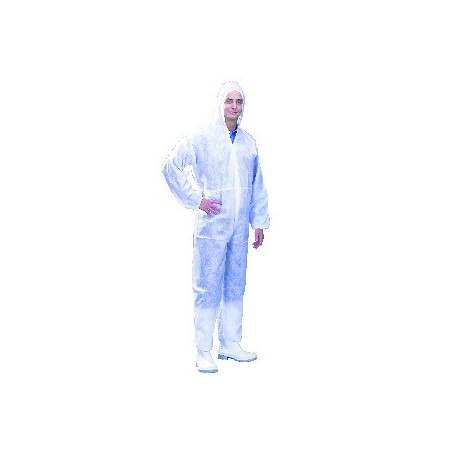Paper
Y Kim, M Yang, S M Goyal, M C-J Cheeran and M Torremorell. Evaluation of biosecurity measures to prevent indirect transmission of porcine epidemic diarrhoea virus. BMC Veterinary Research. 2017, 13:89, DOI 10.1186/s12917-017-1017-4

What are they studying?
Porcine Epidemic Diarrhoea Virus (PEDv) causes a devastating enteric disease that is known to spread through direct routes (faecal-oral in pigs) and indirect routes (contaminated fomites, trailers, feed and feed ingredients). Many farms and systems require guidance on the value of biosecurity interventions. The authors studied varying levels of biosecurity protocols designed to control the spread of PEDv. They included people movement to different sections, personal hygiene and sanitation as well as clothing changes.
How was it done?
Two separate trials were conducted. Pigs were infected with PEDv and found to be shedding from day 1 until 19 days post-inoculation, as detected by rtPCR. Negative controls were included to ensure the lack of other routes of transmission. Under controlled laboratory conditions, groups of three-week old pigs were assigned to either low, medium and high biosecurity protocols. The pigs in the low biosecurity group were moved directly from contaminated pens through dirty corridors, and there were no changes nor washing of clothes; The medium biosecurity protocol involved hand and face washing as well as a change of clothes and footwear; The high biosecurity protocol included a full shower and a complete change of clothes. Personnel spent 45 minutes in contact with the infected pigs, which would be shedding PEDv in their faeces, before moving to the naive sentinel pigs. Movements took place from an infected room to the different biosecurity level rooms. Transmission was indirectly measured through rectal and fomite swabbing.
What are the results?
The findings of the study are summarised below:
- All experimentally infected pigs started shedding PEDv RNA at 1 day post-inoculation. Rectal swabs were positive for 12 days.
- PEDv was isolated in pigs 3 days post-infection in the low biosecurity group.
- Personal protective equipment swabs were PEDv rtPCR positive for 3 days after first contact with infected pigs.
- PEDv was not detected in sentinel pigs in the medium and high biosecurity groups followed up to 12 dpi, despite two positive fomite swabs in the medium biosecurity group taken before entering the pens.
What implications does this paper have?
This study reinforces the importance of biosecurity measures to control and prevent PEDv entry into a herd. The study confirms rapid (within 24 hours) indirect spread of PEDv. The study also showed that wearing personal protective clothing, washing exposed areas of skin or showering plus changing of clothing were effective in reducing the risk of PEDv transmission between groups of pigs.
|
PED has caused large losses and it continues to cause them every year. Coinciding with the cold season, there is a resurgence of disease outbreaks that affect farms in a greater or lesser degree. In the worst cases, the disease becomes endemic and circulates through the nurseries causing diarrhoea in all the batches of weaned piglets. Disease prevention depends exclusively on the implementation of correct biosecurity measures that must necessarily include transport. At this point, we clearly know about the role that contaminated transport has played in the spread of the infection in our farms and we know how to avoid it, although it is not always easy. When the PED virus infects a farm, the damage it causes is mitigated if the virus moves quickly through the gestation barns, thus delaying contamination of the farrowing houses as much as possible. This strategy prevents young piglets from becoming infected and reduces losses, since young piglets are precisely the most sensitive to the disease. Stopping virus circulation inside the farm is not only important in new outbreaks, but also between batches of piglets at weaning —to prevent the infection from becoming endemic—, and in gilt batches, so as to curb the cycle of infection between different replacements gilt groups. How can we achieve this? This article helps us to define the minimum biosecurity measures that should be internally established to prevent indirect PEDv transmission. When animals excrete the virus on a massive basis (the first few days after infection), the virus can be found contaminating the clothes, hands, skin, hair and footwear of the staff handling the animals. Therefore, changing clothes, changing shoes, and washing hands and face appear to be effective measures to prevent staff from spreading the disease. Nevertheless, we cannot forget that the trials described in the article were carried out in experimental facilities, where some of the circumstances that are common in the farms do not occur: Poor-doing piglets moved to a different batch, rodents that go from room to room without going through a washing tunnel, or material that is used in different rooms indiscriminately. The first step to improve internal biosecurity is to know which the critical points are, but, for the improvement to be a fact, we have to put them into practice consistently over time, which is sometimes very difficult in commercial farms which designs do not always help. |









